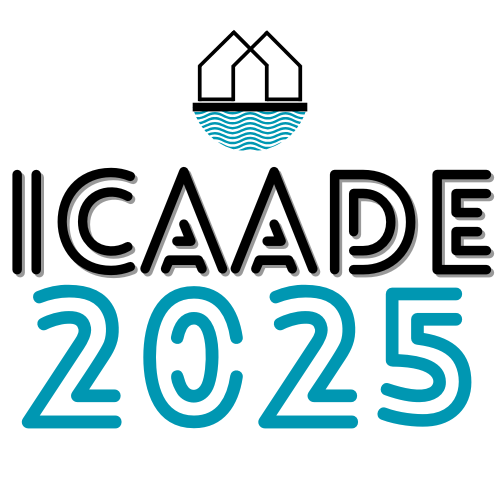NAVIGATE 2017 WEBSITE
RETURN TO ICAADE 2019
2017 HOME
Amphibious Architecture
ABSTRACTS & PAPERS
Submit your Abstract
Oral Presentations
Papers
Posters
Topics
REGISTRATION
Registration Fees
Venues
Accommodations
Transportation
PROGRAM
Program Schedule
Field Trip
Important Dates
SPEAKERS
Keynote Speakers
Plenary Speakers
Speakers
Speakers' Abstracts
STUDENT WORKSHOP
Design Workshop
Workshop Registration Fees
Workshop Accommodation
POLICY SYMPOSIUM
Problem & Proposal
Schedule
SPONSORSHIP
Sponsorship Levels
Sponsors
Partners
COMMITTEES
Executive Committee
Int’l Steering Committee
Local Organizing Committee
Committee Biographies
CONTACT US
Contact Information
Get Involved
Email ICAADE
ARCHIVES
ICAADE 2015 Website
ABOUT
The second International Conference on Amphibious Architecture, Design and Engineering will be held at the University of Waterloo in Ontario, Canada from June 25 to 28, 2017.
ICAADE 2017 will unite academics, practitioners, professionals and policymakers in the exchange of knowledge on amphibious flood mitigation strategies by inviting collaboration among research institutions, businesses, and governments around the world. Flood mitigation and climate change adaptation requires the development of new housing types and retrofit strategies to preserve our built and natural environment, and maintain community integrity in populated regions where flooding is expected to increase.
ICAADE 2017 will create a transdisciplinary environment by drawing representatives from a broad range of disciplines such as water management, urban and landscape design, architecture, hydrology, engineering, the social sciences and humanities, building construction and codification, education and health, and experts from fields such as commerce, policy, information systems, knowledge management and insurance.
ICAADE 2017 is structured in three parts: An Amphibious Design Student Workshop from June 20th – 24th; the ICAADE 2017 Conference from June 25th – 28th; and a post-conference Amphibious Policy Symposium from June 29th – 30th. For further information, the Program for ICAADE 2017 can be accessed here. ICAADE 2017 will be held at the University of Waterloo in Ontario, Canada. For more details, please see our Venue page.
WHAT IS AMPHIBIOUS ARCHITECTURE
Amphibious architecture refers to an alternative flood mitigation strategy that allows an otherwise-ordinary structure to float on the surface of rising floodwater rather than succumb to inundation. An amphibious foundation retains a home's connection to the ground by resting firmly on the earth under usual circumstances, yet it allows a house to float as high as necessary when flooding occurs. It is a flood mitigation strategy that works in synchrony with a floodprone region's natural cycles of flooding, rather than attempting to obstruct them.
Amphibious construction may also refer to one of several "hybrid" conditions. One such is where the weight of a structure is partially supported by both land and water simultaneously. Another situation is where a mechanical system such as jacks or hydraulic pumps are used to elevate the structure temporarily. A third condition is a "wetproofing" strategy, whereby residents occupy the first floor during dry seasons and move to an upper floor during periods of flooding.
Amphibious design also includes the concepts of land use planning, site selection, community resilience issues such as the place of amphibious buildings in multiple-lines-of-defense systems, and policy considerations. Amphibious engineering addresses issues such as infrastructure, mechanical systems and utilities, system components and selection criteria, and codification and certification concerns.
ICAADE 2015 WEBSITE ARCHIVE
The inaugural International Conference on Amphibious Architecture, Design and Engineering (ICAADE 2015) was held from August 26-29, 2015, at Arsom Silp Institute of the Arts in Bangkok, Thailand. ICAADE 2015 brought together participants from a wide range of disciplines from across the globe. The conference included 57 participants from 17 countries, with 68 papers delivered in plenary and parallel sessions. For further information, click the button below.






